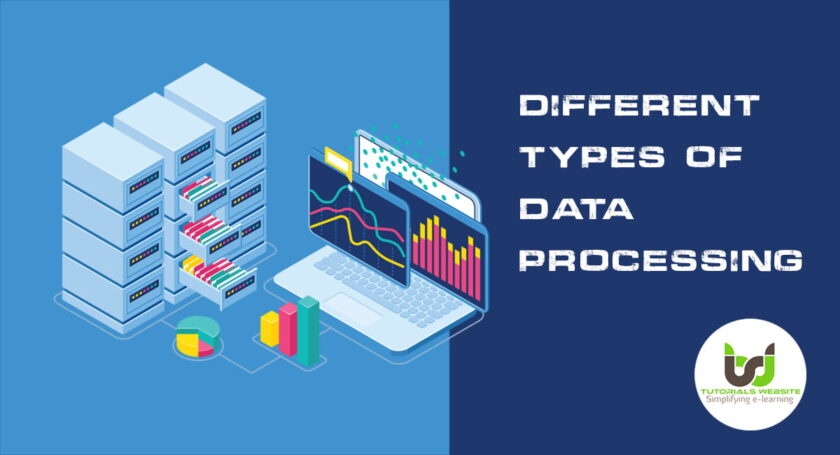Data processing is typically a process of manipulating data sets to discover meaningful insight or information. In this AI & data science-driven world, this process is better known as information processing. It is simply because this method helps in figuring out the change of information.
However, this kind of processing happens in every digitally-enabled organization where digital data is used for analytics and discovering valuable strategies & opportunities.
Functions Make it Easy
This processing is exceptional when it comes to finding any business solution in no time. Certainly, we have machine learning and AI to simplify and quicken this knowledge discovery. These bring a transforming change in manual data entry processes. But, these are functions that make them successfully run and achieve desirable results. Here are core functions associated with it:
- Validation – It verifies the supplied value as correct & relevant.
- Sorting – This process refers to arranging data in sequence or hierarchy.
- Summarization(statistically) or (automatically) – With it, data operators draw main points from the detailed information to summarize.
- Aggregation – It refers to integrating multiple datasets together.
- Analysis – With data analysis, projecting the future strategies, revenue, customer behavior, and many other business concerns becomes easier.
- Reporting – It is about creating an overview of the entire performance.
- Classification – This is certainly a separation of data into various subsets.
All of these functions are valuable and helpful in any type of data processing.
Different Types of Data Processing
Manual data processing
Manual data processing refers to physically collecting, cleaning, and then, analyzing the information. This traditional method has been pervasive for years. Bookkeeping, balance sheet, cash flow statements, and other banking & accounting statement are its finest examples.
The processing experts manually calculate and place values. However, all of these things are time-consuming. Even, this method processes erroneous data, which takes more time, expertise, and effort for the reconciliation of that data.
Automatic data processing
This is one of the most effective methods of drawing insights. This requires an automatic data processing device or equipment. This is connected or integrated with other systems or equipment. Once connected, the automatic platform becomes ready to acquire, store, manipulate, manage, move, control, display, switch, transit, and receive data sets as information. Punched Cards are its biggest example.
Electronic data processing
This is concerned with the computerization of data. Simply put, the data are electronically converted and processed for feasible decision-making. The computer & many electronic devices create a flow for data to come in or outgo. This is happening in almost every domain and industry. That’s why data are the king today. Machine learning and artificial intelligence are improving every data because of electronic storage and data systems.
Where is data processing used or applied?
Certainly, it’s used in research for discovering something unseen & beneficial in the clusters of datasets. A large volume of data is flowing from everywhere. They are the richest repositories where valuable information gets pooled. It gets collected in no time through electronic devices.
Once collected, the ETL or Extract, Transform, and Load process begins. This is what one needs for drawing needful details for a variety of purposes. Mainly, this process is used for data mining, which is a part of machine learning and AI. This is why changing manual data into digital has extraordinary value to integrate with different applications.
Commercial data processing
This is the most common and ultimate application where cleaning, extraction, de-duplication, standardization, and optimization of databases take place. All of these processes help to filter out the most useful ones, which points to some feasible solutions. This intelligence or learning is used for addressing commercial purposes. For example, medical billing requires processing to ensure that the claim is real, but not fake.
Data analysis
Data analysis means thoroughly seeing datasets to draw values. This is an integral part of information systems, which can be called business or data intelligence. A large volume of datasets is processed for discovering opportunities underlying these digital details. Many tools are there that make it easier. SaaS and Ahrefs are some of the best data analytics tools that can help you to spotlight unseen patterns. These are valuable to define the next-level strategy. The chances of its success are more because of being fact-driven.
Summary
Data processing is the process of translating data into value. It involves a series of processes called data capture, migration, digital conversion, de-duplication, cleansing, and optimization. These all have brought a big change in the manual data entry process. Data processing is basically categorized into manual processing, automatic processing, and electronic processing.
Vikas Maurya is a professional blogger and Data analyst who writes about a variety of topics related to his niche, including data analysis and digital marketing.
